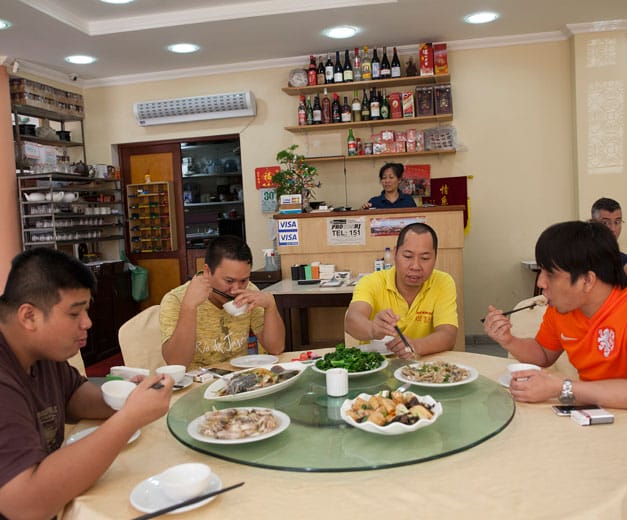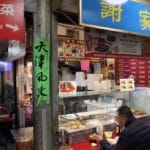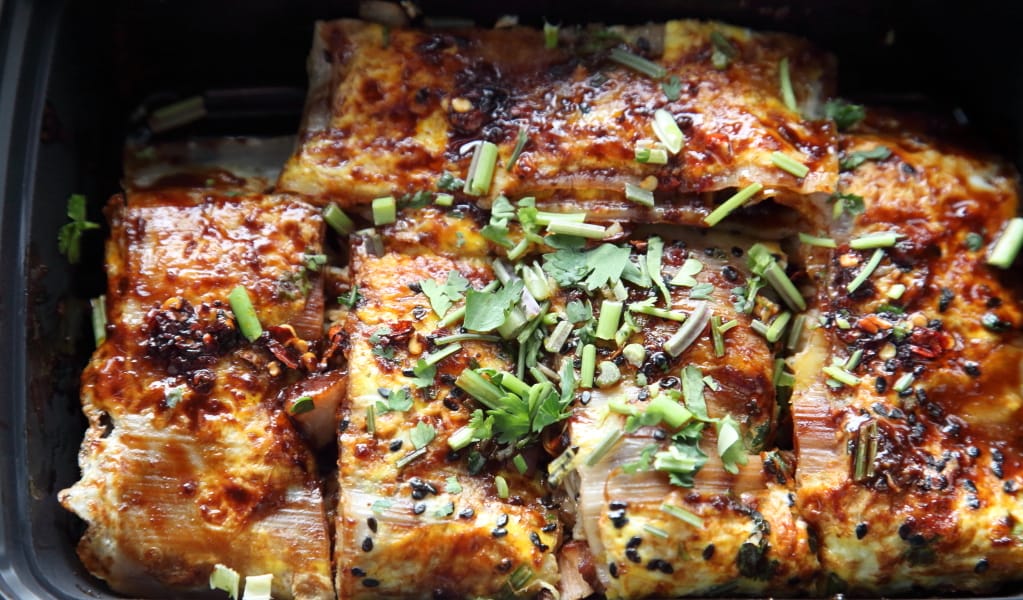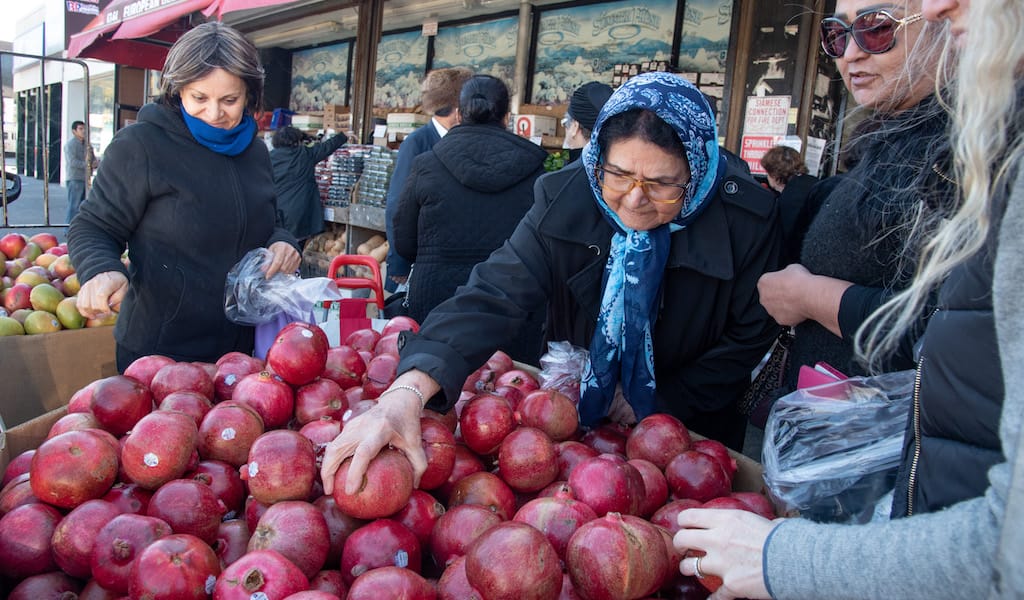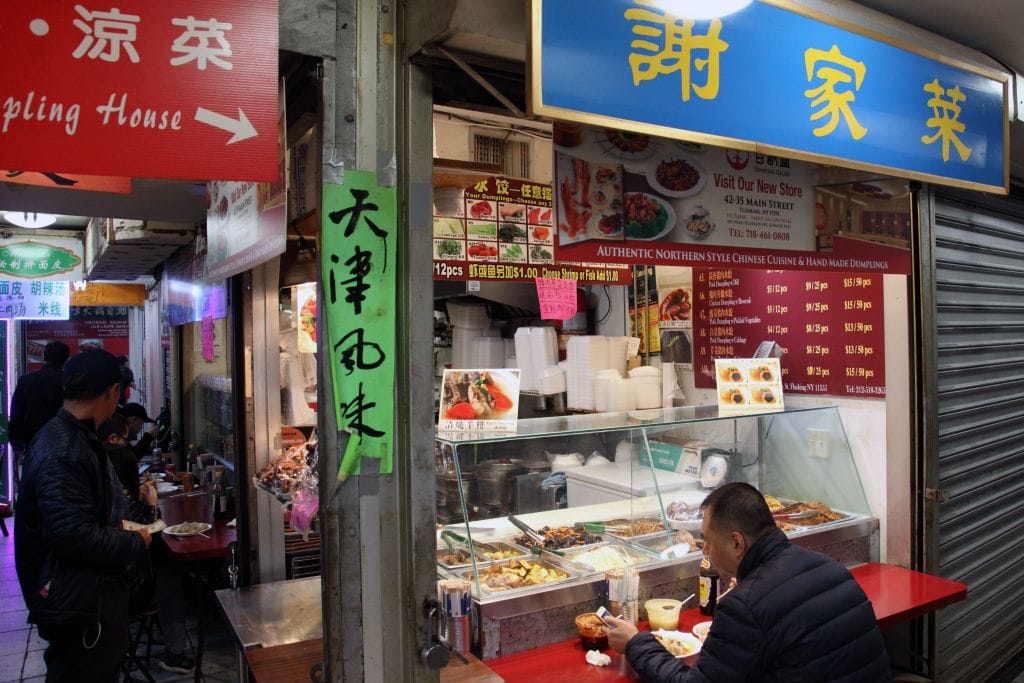For a country of Brazil’s size (pop. 190 million), the number of foreigners in the country is pretty miniscule. Less than 1 percent of the country’s residents are foreign-born; the top countries of origin for those foreigners are the U.S., Japan and Paraguay. (By comparison, about 13 percent of the U.S. population of 319 million is foreign-born.)
That’s why here in Rio you’re more likely to find Western-style Chinese takeout run by Brazilians than proper sit-down dinner establishments. Foreign cuisines often make their way here with at least two degrees of separation – they’re more often imitations of their American incarnations than what is consumed in their motherlands.
That brings us to one of the city’s more unpretentious and promising corners. A few hops and skips away from the tourist circuit, nestled in the residential middle-class North Zone neighborhood of Tijuca, is the city’s only “authentic” Chinese restaurant, Primeira Pá. The restaurant also makes up the lion’s share of what is called the Chinese Cultural Center of Rio. Far from the ubiquitous Brazilian China in Box chain, Primeira Pá reverses the elegance equation with its stately yellow-draped tables and lazy susans supported by gold glitter bases, each surrounded by 10 fabric-covered chairs.
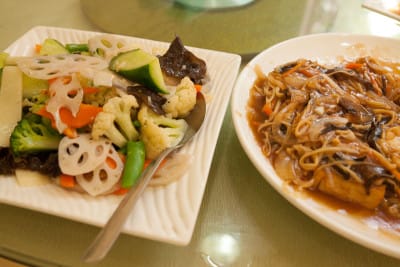 What brings someone from China to Rio? For many, the answer lies in a new frontier of global emerging markets. China surpassed the U.S. in recent years to become Brazil’s largest trading partner; China’s foreign direct investment in Brazil has also shot up in recent years, in sectors from automotive to mining to electronics. And tragically, some migrants come here for reasons on the other side of prosperity: Brazilian labor inspectors recently alleged that they had uncovered a bribery scheme among Brazilian immigration agents to bring Chinese workers into the country to work in indentured servitude in snack bars.
What brings someone from China to Rio? For many, the answer lies in a new frontier of global emerging markets. China surpassed the U.S. in recent years to become Brazil’s largest trading partner; China’s foreign direct investment in Brazil has also shot up in recent years, in sectors from automotive to mining to electronics. And tragically, some migrants come here for reasons on the other side of prosperity: Brazilian labor inspectors recently alleged that they had uncovered a bribery scheme among Brazilian immigration agents to bring Chinese workers into the country to work in indentured servitude in snack bars.
For France Lam, moving to Rio was part of a life of world wanderings. Born in Mauritius – an idyllic volcanic island in the Indian Ocean about 1,200 miles from the southeast coast of Africa – he went to China in his youth to study for about a decade, then moved alone to Brazil. That was 40 years ago, when he was 30. “I came here for adventure,” he said. “Brazil is a very beautiful country.” He has a penchant for a tropical way of life. When asked what kept him in Brazil for so long, he said that, in addition to meeting his wife, a Chinese woman who has lived here even longer than he has, he liked the weather. And carnaval.
The cuisine he serves at Primeira Pá is Cantonese, with a menu of about 150 dishes, including beef, pork, duck, chicken, shark, shellfish, crab, tofu and frog. Over time, Lam said, the restaurant has been able to find nearly all of its ingredients in Brazil, down to the lotus root for the Família Feliz vegetable dish and shimeji mushrooms, both from São Paulo.
We tried the tofu in shimeji gravy (nice, though we asked for red chili pepper to turn its heat up – that’s routine for us American migrants in carioca restaurants) and the beef with green bell peppers and tender bamboo. The caramelized fried banana pockets were sensacional. A table of half a dozen men sitting near us were salivating over a large, steamed tilapia with broccoli and bacalhau (cod fish).
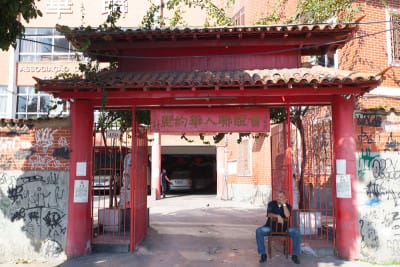 There’s not actually much to the Chinese Cultural Center – it’s more like a garage with an elevated platform with tables to play mah-jongg and a place to store boxes of Tsingtao beer, all amidst the busy pedestrian and car traffic of Tijuca. The Cultural Center’s biggest event is its Chinese New Year party, but on a normal day, you’re more likely to find young men kicking back and watching a Brazilian soap opera.
There’s not actually much to the Chinese Cultural Center – it’s more like a garage with an elevated platform with tables to play mah-jongg and a place to store boxes of Tsingtao beer, all amidst the busy pedestrian and car traffic of Tijuca. The Cultural Center’s biggest event is its Chinese New Year party, but on a normal day, you’re more likely to find young men kicking back and watching a Brazilian soap opera.
Lam put up sensors on the door that greet and bid farewell to guests in Chinese. It’s as though, before guests go back to the Brazilian bustle, he wants to make sure they know they were just in a place apart from that.
Published on August 17, 2015
Related stories
July 28, 2021
QueensNew York City has many Chinatowns; how many is a matter for dispute. While the oldest and most famous is in Manhattan, southern Brooklyn now boasts two such neighborhoods – or maybe three, depending on who's counting. Without a doubt, however, the city's largest and fastest-changing Chinatown surrounds the eastern terminus of the 7 train…
October 4, 2023
Queens | By Melanie Einzig
QueensHome to countless immigrant stories, Queens is the most diverse borough in New York City, with over two million people, half of whom were born outside the United States. So it’s no surprise that the area’s markets – some sprawling, many more pocket-sized – are equally as diverse, serving immigrant communities both old and new. We…
May 8, 2021
QueensQuick bite: On our Flushing food tour – a full-day stroll through New York’s largest Asian neighborhood – we’ll explore the area’s almost mind-blowing culinary diversity. Located on the western edge of New York, where the 7 subway line comes to an end, the Flushing neighborhood of Queens exists as a kind of world of…







































